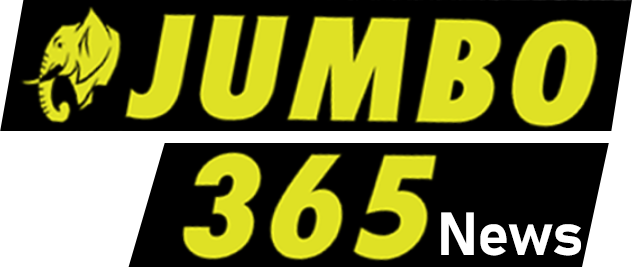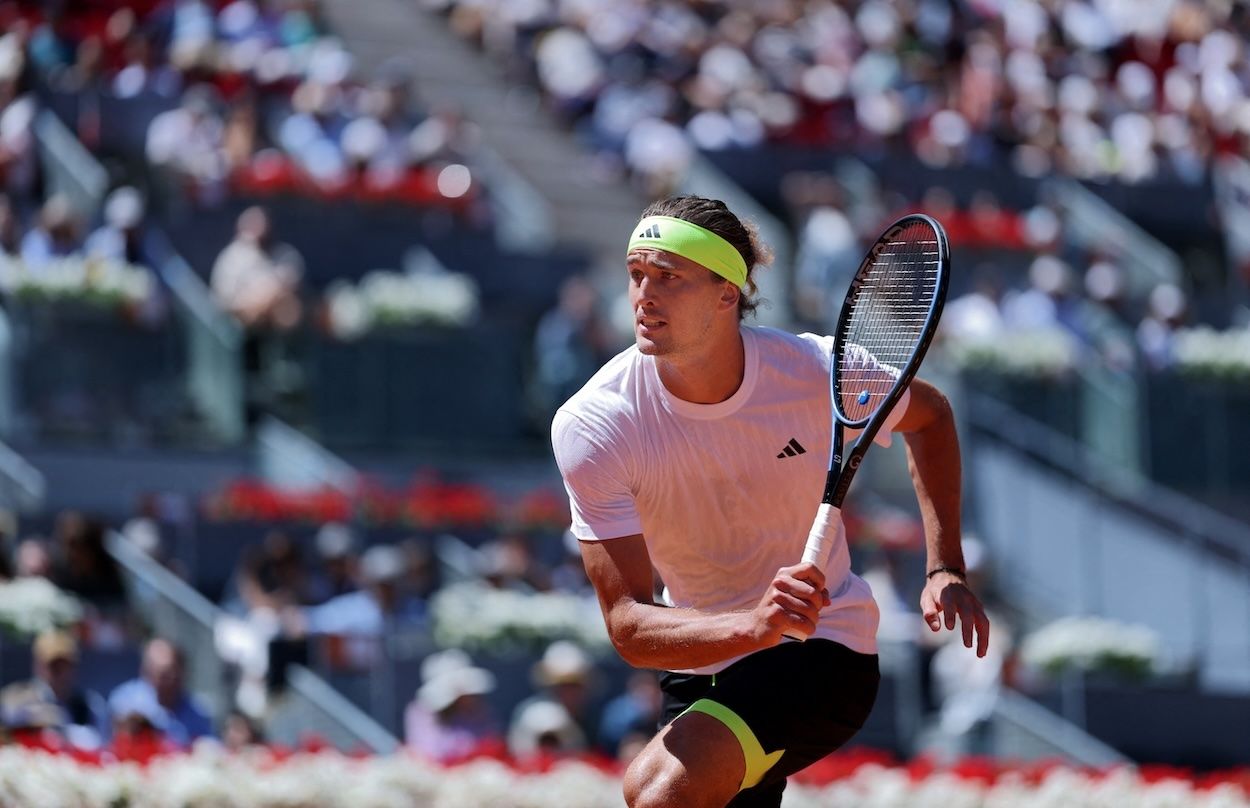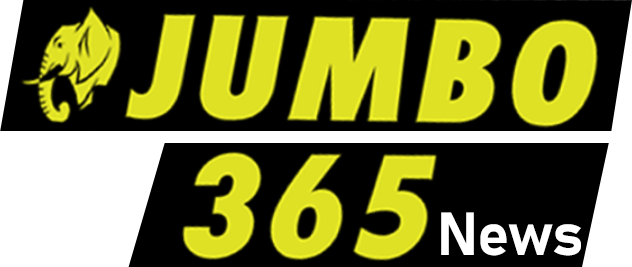How affordable are fans finding the Australian Open?
More than 1.1 million visitors walked through the gates at the Australian Open last year, with similar numbers expected this year at Melbourne Park.But as cost-of-living pressures compound for Australian families, some have questioned whether "the happy slam" is still affordable for families.All-day ground passes at the event currently cost $59 on most days, with tickets costing up to $85 on Fridays and Saturdays.Ground passes give spectators access to Melbourne Park and smaller courts, but not the main arenas. (774 ABC Melbourne: Simon Leo Brown)The tournament has encouraged families to come along, with cheaper tickets for children depending on age and the ability to bring food and water into the event.Ground passes for children aged 3-11 years cost $15, while tickets for ages 12-17 cost $35, meaning a family of four will pay between $148 and $188 just to gain access to Melbourne Park.Tennis Australia chief executive Craig Tiley has publicly spruiked the accessibility of the Australian Open, calling it "the most affordable event there is".Craig Tiley says the Australian Open is among the most affordable events in Melbourne for families. (ABC News: Kristian Silva)"There’s a very low threshold for families to come," Mr Tiley told ABC Radio Melbourne."The $59 dollars doesn’t cover one two hour event, the $59 dollars covers the entire day, the entire night, so you come out for a full day’s entertainment."We headed to the Australian Open to find out how tennis fans felt about the prices at Melbourne Park.What are the punters saying?Eduardo was enjoying his first time at the Australian Open with his sons Julian and Matteo, and said it was an experience everyone should try at least once."It's a little bit expensive, especially the food. You spend a lot of time in the line for a small portion … big price," Eduardo said."We've been here for a couple hours, [we've spent] $150 dollars."(L-R) Australian Open spectators Eduardo; and Brody, Sarah, Andrew and Georgia. (ABC News)Sarah and Andrew brought their children Georgia and Brody to the tennis, and said the tickets were worth the money."I think the ground pass tickets are good value, the food's expensive," Andrew said."You can bring your food anyway," Sarah said."It's a good experience, something nice that we have in Melbourne that we can go out and see together as a family."Georgia however, was set on enjoying the food on offer at Melbourne Park."I kinda liked eating a half a container of chips, which was fun," Georgia said.(L-R) Australian Open spectators Ben and Winter; and Marta and Alexis. (ABC News)Ben and Winter were enjoying the sunshine but said the event was on the cusp of being unaffordable."For one day for 60 bucks, and then for the food also to be a lot, if you don't plan on getting food then maybe," Winter said.The prices of food and alcohol remained a big sticking point for some, including Marta and Alexis."The beers are too expensive," Alexis said."I've spent $60 or something, but it's going to be way more than that."Marta said while it was a costly day out, it was to be expected at such a big event."It's expensive but it could be worse … cost-of-living crisis, it is what it is right?" Marta said."We'll probably spend a few hundred dollars today,"Adjusted for inflation, prices for weekday ground passes actually peaked in 2018, and have remained consistent since the COVID-19 pandemic.The psychology of event spendingWhile household spending has dipped across Australia in the past 12 months, recent figures show Australians are spending more on recreational events.Credit card company Visa's Spending Momentum Index tracks purchases made across Australia, split into discretionary (things like retail, entertainment and holidays) and non-discretionary (things like food, healthcare, utility bills) spending.Visa's report showed discretionary spending last month had reached its highest level since April 2021.The latest spending data from the Australian Bureau of Statistics shows the amount of money Australians were spending on recreation and culture has also grown since 2019.In November 2024, Australians spent a record $14.4 billion on recreation and culture, up from the $9.3 billion spent in November 2019.It comes after three years of high inflation, with the inflation rate still well above pre-pandemic levels and RBA targets.Heath McDonald is the dean of economics, finance and marketing at RMIT University and has worked with major organisations like the AFL and Zoos Victoria on membership strategies and pricing.Professor McDonald said while consumers may cut back when economic times are tough, they will generally prioritise events they love."Instead of going to five different things, you go to the three things you like the most, or maybe cut it right back just to go to one thing," he said."We've seen in AFL, where I've done a lot of work, that people hang on to their AFL memberships. If they've been a 10-year member, there's almost no chance that they'll give it up."Professor McDonald says pricing major events is "a real juggling act". (AAP: Lukas Coch)Professor McDonald said events like the Australian Open had to combat "the latent fear and the perception that things are expensive".He defined pricing major events like the Australian Open as "a real juggling act" that was a priority for organisers."I know that it's top of mind … real science sits behind pricing strategies," he said."I know the AFL for example, they price for a long time, and they're very careful about when they do their price increases to make sure that they're not getting out of step with the competition and public expectations."



.jpg)








